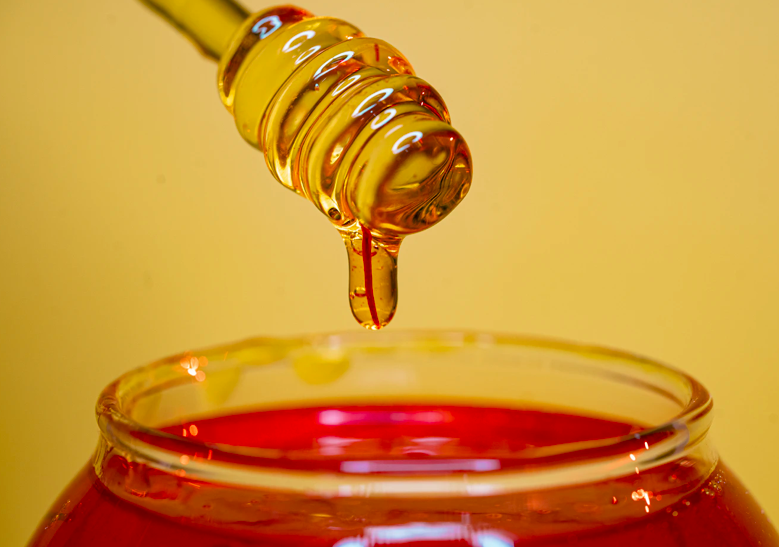On the market you can find many types of honey. On a first-hand look, we tend to prefer a liquid, smooth and golden honey to a more dense honey, opaque or crystallized.
But are we making the right choice? To make conscious consumption choices, it is good to know how to tell apart natural raw honey from the processed one. These two ways to produce honey create products with different flavors, textures and benefits.
What is natural raw honey?
Raw honey is the purest form of honey you can find and the best option for those who want a natural, authentic and unprocessed honey. Raw honey bears the signs of the time, care and skill employed in its creation. It is extracted by the beekeeper from the wax comb and then left to decant in steel tanks for 15/20 days. At this point it is directly potted.
Raw honey is naturally subject to the process of crystallization. This change in its consistency is not a defect, indeed: it proves that it is a genuine product and has not undergone industrial treatments.
What is processed honey?
On the market there are products obtained by pasteurizing and mixing various types of honey. The aim is to produce a liquid and golden honey, unable to thicken or crystallize. When honey is processed, the additional ingredients and high temperatures alter the compound and compromise its nutritional values. Processed honey is first of all pasteurized honey, that is heated to high temperatures for a few minutes.
Pasteurized honey appears liquid and golden and corresponds to the ideal of honey that we have always seen in advertising and associated with a quality product. Pasteurization, in fact, is «a process that is not used for conservation or health purposes, but to keep it liquid as long as possible» is explained in Conapi. It’s called processed honey even when we intervene on the composition of the raw material by mixing various types of honey in order to create a constant taste.
That’s why we already know what to expect even from millefiori honeys. The ‘true’ millefiori honeys are all different, because scent, flavor, color and texture depend on the characteristics of the territory, the season, the weather conditions. A honey that always presents the same characteristics of aroma is produced with appropriately modified mixtures to obtain this result.
Among the processed honeys we also find industrial honey, a mixture to which is added high-fructose corn syrup, invert sugar or other sweeteners. This product cannot be sold in Italy if described as “honey”, but it can be used as an ingredient for other preparations, such as honey-flavored biscuits.
Why is natural honey better?
- It still contains all the nutrients found in raw honey: raw honey keeps, until the moment of consumption, all those chemical-physical and organoleptic characteristics that were proper to it at the time of harvest. The studies that demonstrated the antioxidant, antibacterial, anti-inflammatory, antitumor, antiviral properties of honey refer to the raw one.
- Its scent, flavor, color and texture remained authentic: natural honey brings with it the characteristics of the territory and the season in which it was produced: it reflects the flavors and smells of the plants that populate the region from which it comes and of those that were blooming at the time. The aim is no longer to create a product always equal to itself or to an ideal, but to give value to a type of honey that is always special and characteristic.
Join us at Beeing and let’s support the local beekeepers together! To protect their work and the work of the bees, you can adopt a hive, or decide to gift your employees, customers, or guests with a jar of organic honey produced by the beekeepers of our network.


